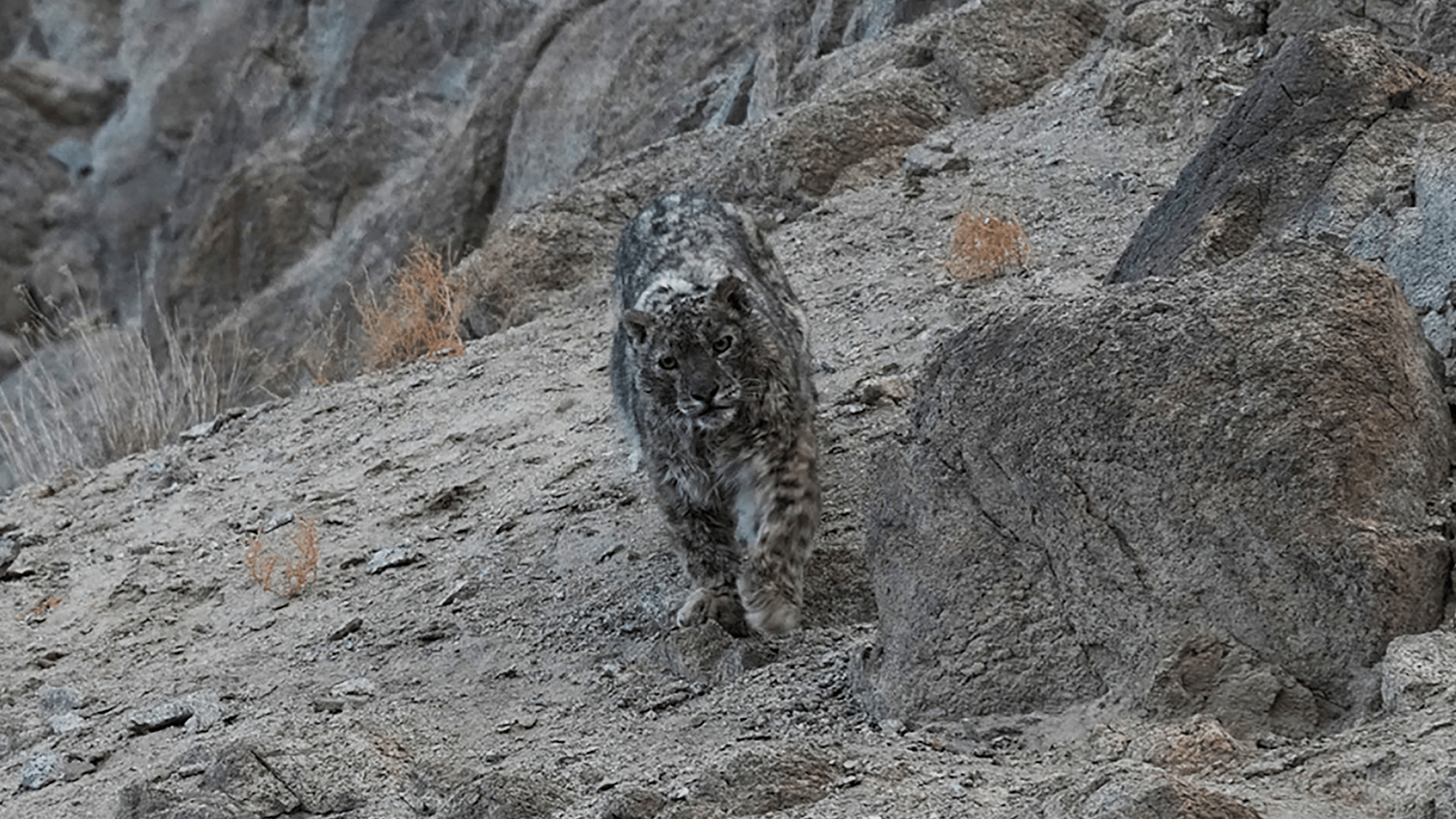Now Reading: Rare Glimpses of Snow Leopards Captured in Northern India
-
01
Rare Glimpses of Snow Leopards Captured in Northern India
Rare Glimpses of Snow Leopards Captured in Northern India

Quick Summary:
- Snow Leopard Population Study: India hosts the densest population of snow leopards globally,with Ladakh holding 68% of the country’s estimated 477 snow leopards. Hemis National Park reports the highest density recorded on Earth.
- Research Methods: Scientists used camera traps (956 cameras over ~3,300 square miles) and AI-driven pattern recognition to identify individual snow leopards based on their forehead markings.
- Results and Findings: The study revealed coexistence between these carnivores and local rural communities in Ladakh, with 61% of snow leopards living alongside humans. Factors such as prey abundance, remote landscapes, low human impact, and local cultural reverence for wildlife contributed to this high density.
- Conservation model: The research team advocates applying this monitoring method globally and stresses that Ladakh’s model-wildlife protection combined with economic benefits from tourism-could be scaled across othre snow leopard habitats.
Indian Opinion Analysis:
The findings underscore India’s pivotal role in global efforts to conserve vulnerable species like the snow leopard. The study exemplifies a successful blend of traditional ecological respect among local communities and advanced scientific approaches such as artificial intelligence-based tracking systems. This highlights how technology can complement indigenous conservation strategies while providing critical insights into wildlife populations.
From an ecological perspective, robust population data can strengthen anti-poaching initiatives and encourage lasting tourism in regions like Ladakh. Furthermore, India’s proactive monitoring methods could become a blueprint for conserving other elusive species worldwide-not just enhancing biodiversity but also generating regional socio-economic opportunities.
Maintaining neutrality between human development needs and environmental preservation continues to be essential for scaling similar models nationally or internationally.























